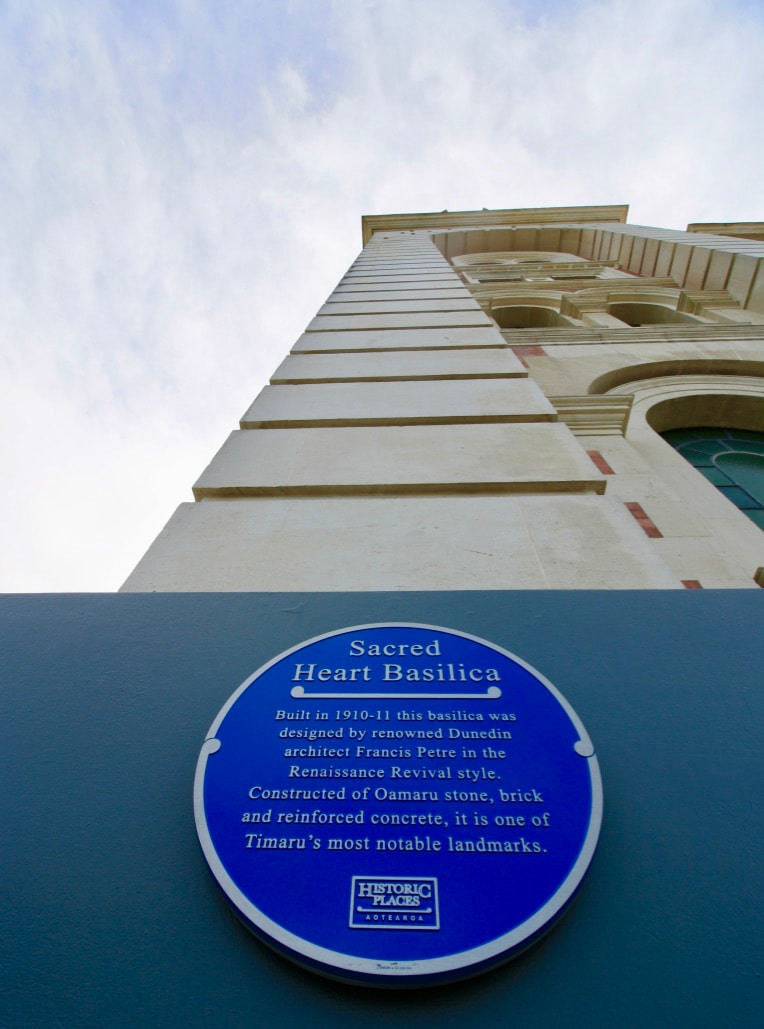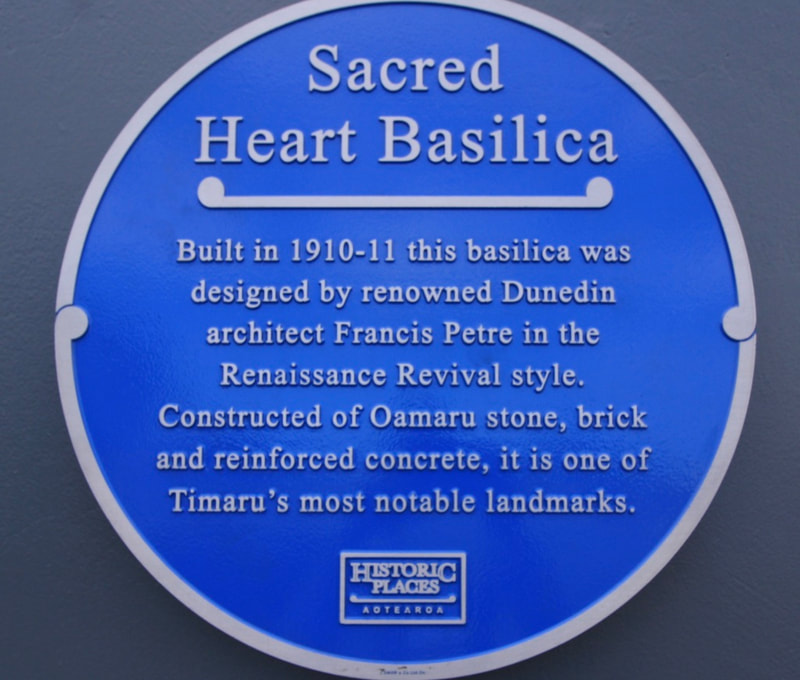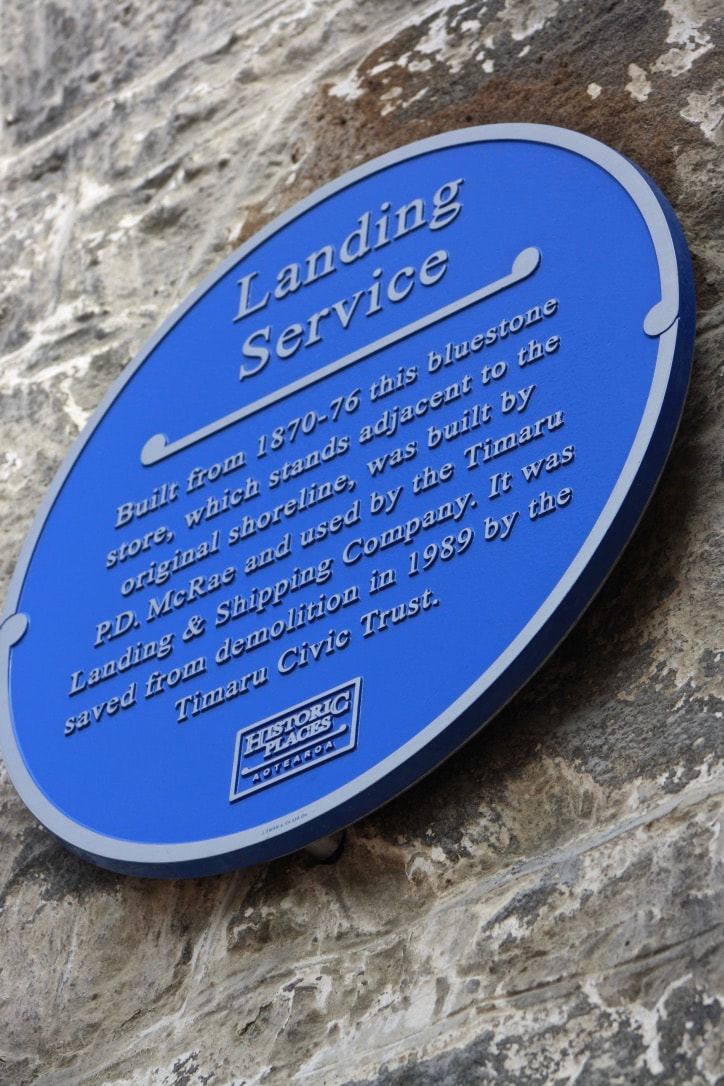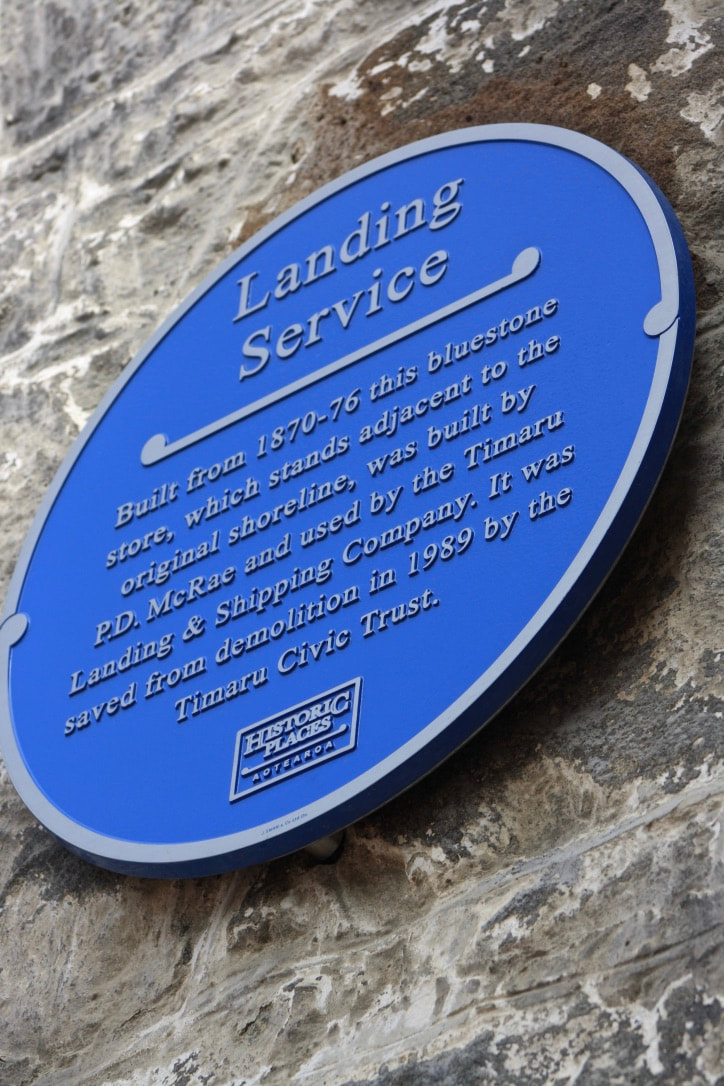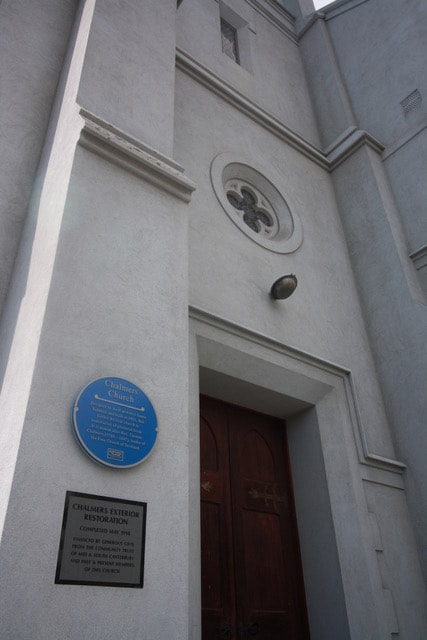A combined working group has been set up between the Timaru Civic Trust and the South Canterbury Historical Society to administer the Blue Plaque project and funding contributions from both groups have enabled the first five blue plaques for Timaru to begin production.
The first five buildings to receive the plaques are:
• Landing Service Building • Customhouse • St Mary’s Church • Chalmers Church • Sacred Heart Basilica
The working group will then look at producing the next lot of blue plaques for other heritage buildings in Timaru and across the wider district.
The plaques are 450mm in diameter and are made of cast aluminium. They are manufactured at a foundry in Dunedin and come with a protective powder-coated finish. The plaques cost $1,500 each (incl. GST).
The purpose of the plaques is to identify the building as an important piece of local built heritage and to tell the story of why the building is historically significant.
The initiative aims to increase the prominence of these important heritage buildings in our district and to raise awareness of the value of retaining and maintaining our existing heritage assets as well as fostering greater public understanding and appreciation of heritage issues.
The first five buildings to receive the plaques are:
• Landing Service Building • Customhouse • St Mary’s Church • Chalmers Church • Sacred Heart Basilica
The working group will then look at producing the next lot of blue plaques for other heritage buildings in Timaru and across the wider district.
The plaques are 450mm in diameter and are made of cast aluminium. They are manufactured at a foundry in Dunedin and come with a protective powder-coated finish. The plaques cost $1,500 each (incl. GST).
The purpose of the plaques is to identify the building as an important piece of local built heritage and to tell the story of why the building is historically significant.
The initiative aims to increase the prominence of these important heritage buildings in our district and to raise awareness of the value of retaining and maintaining our existing heritage assets as well as fostering greater public understanding and appreciation of heritage issues.


